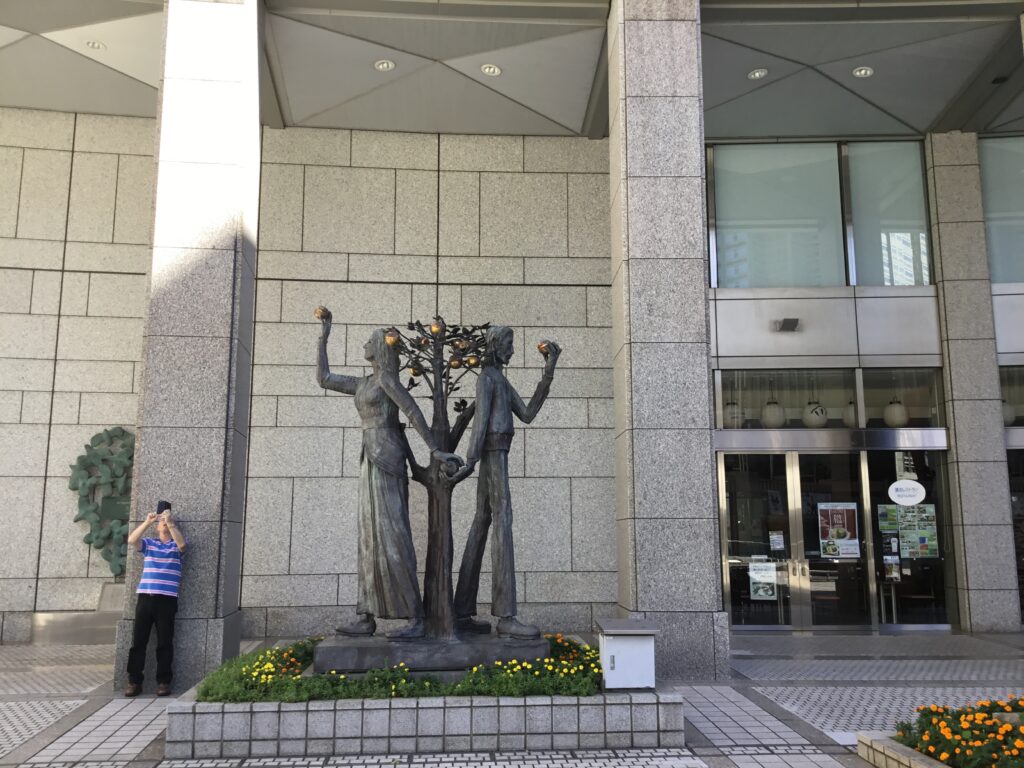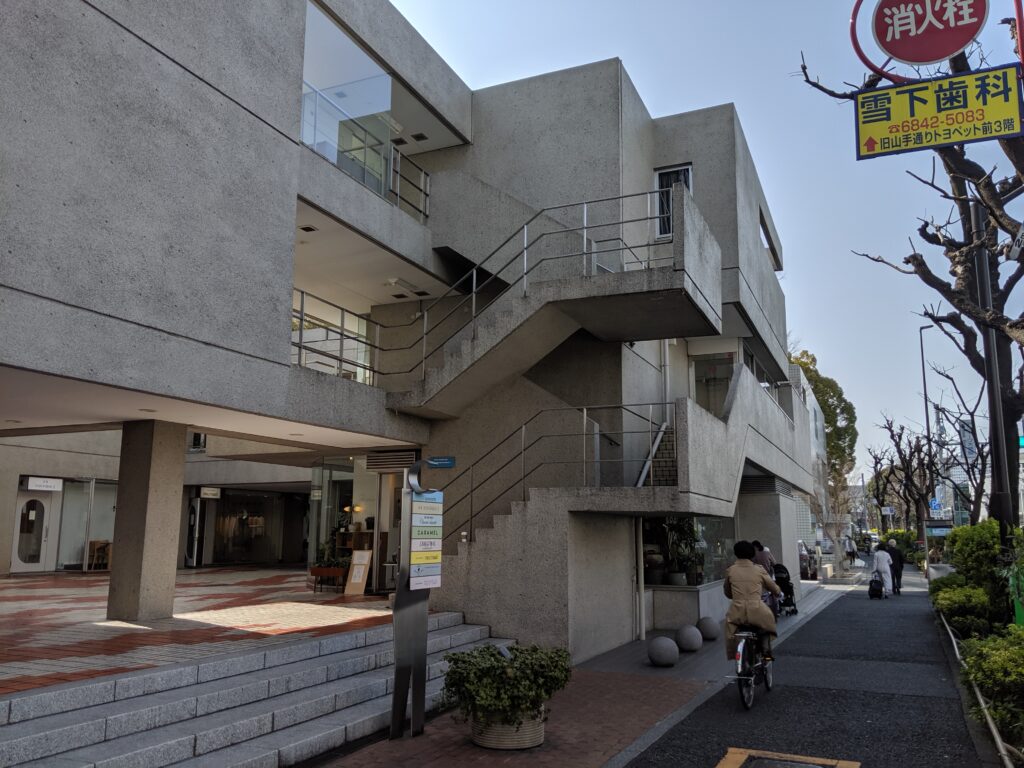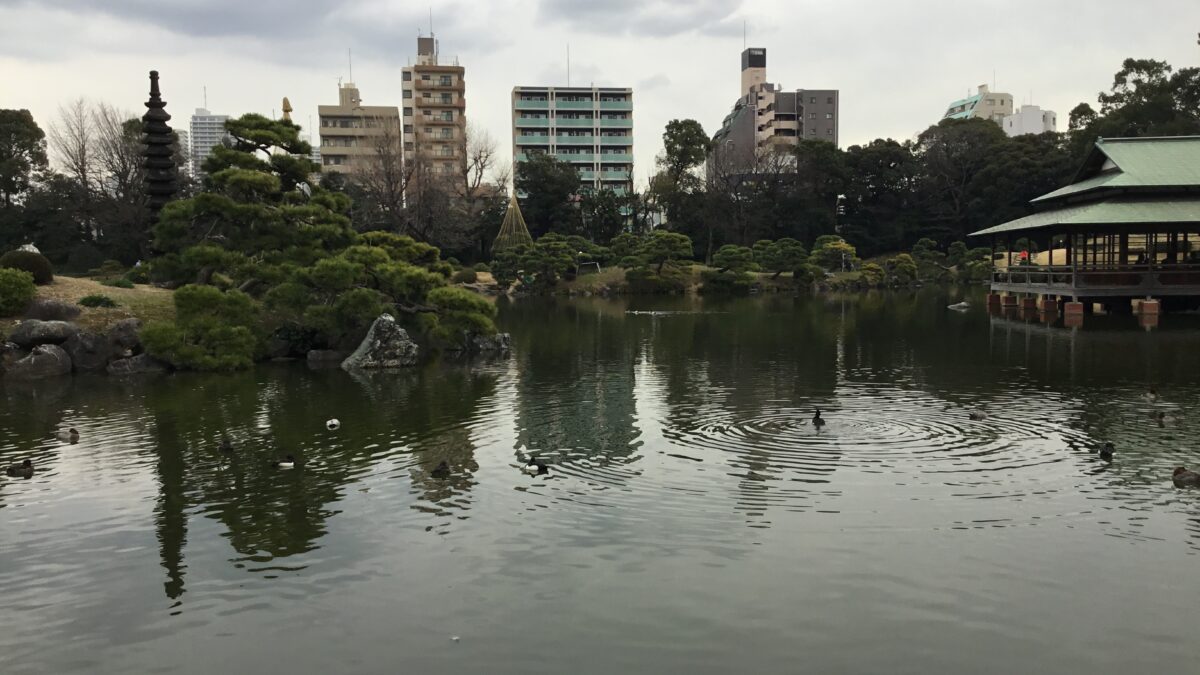Shinjuku is located in the west suburbs of Tokyo where Musashino plateau spread and the ground is strong that had prevented the
damage from great Kanto earthquake and has increased the population. Lots of downtown has been created in the surroundings of Shinjuku station as a terminal station. Now, Shinjuku has two main spots, one is the area of skyscrapers including Tokyo Metropolitan Government and the other is the entertainment district such as Kabuki-cho.
Yoyogi area used to be the housing complex for U.S. Air Force and their family after 1946. In 1964 of Tokyo Olympic year, it was returned to Japan to be Olympic village. After the year, this area has lots of public facilities such as Yoyogi park, NHK broadcasting center and Yoyogi National stadium have been developed.
Daikanyama is high level inhabitation area with calm and relaxed even in the Tokyo city center. Also, this area has the high quality convenience and environment of city center and high quality culture, whose representative is Daikanyama Hillside Terrace.
In surroundings of Ikebukuro such as Zoshigaya, Mejiro and so-on, lots of precious modern architecture have been built, such as Tokyo Cathedral St. Mary`s Cathedral, Jiyu Gakuen Myonichikan and Zoshigaya as old Missionary hall.
Zoshigaya is located in the east edge of Musashino plateau where the undulating terrain with lots of green circumstance has created calm town with many old type mansions.
Mejiro is the high-class image area and many original western style modern architecture exist.
(1) Tokyo Metropolitan Government :
Tange Kenzo designed and built in 1990 with total construction cost as 156.9 billion yen.
(a) Architecture form:
The building has two towers with the height 243meter whose design come from Notre Dame Cathedral in Paris. The top portion of the towers are twisted by 45 degrees to strengthen the shade and shadow that is increasing the three dimensions effect.

(b) Walls/Windows:
Window design as if it is likely a lattice door, sliding paper door seen in Machiya(traditional wooden townhouse), The windows are vertically long.
(c) Ornaments:
Lightning of the ceiling has an image of an Integrated device of computer chip, Ornament of the walls is likely that of Machiya(traditional wooden townhouse),

(d) Interior:
Marble is used which was produced in China and Italy.

(2) Yoyogi National stadium first Gymnasium with 13,000 accomodation:
Tange Kenzo designed and built in 1964.
(a) Architecture form:
The maximum horizontal span between the two giant posts is 120 meter and that of vertical span is 44 meter that creates the stadium space without using other posts. This architecture style as suspended roof structure is the first time one in the world.
(b) Entrance:
High tension cables in the suspended roof structure are running on upper-side of the entrance.
(c) Pillars:
The highest point of the main cable is 27.5meter from ground and two giant posts made by concrete are supporting the cable.
(d) Roof:
Lots of suspended roof wire ropes from the roof cable to the outer circumstances of the stadium that creates the flowing curved surface and magnificent & elegant space. Oil damper is applied to the roof at the first time in Japan which suppress the vibration of the roof.


(3) Tokyo Cathedral St. Mary`s Cathedral:
Tange Kenzo designed and built in 1964.
(a) Architecture form:
This building has modern architectural style applying HP shell (shell structure with hyperbolic parabolic surface).
HP shell of 4 types each two pieces as total 8 pieces are combined together to create the walls and roof and suspend the building.
The height of the bell tower aside the building is 62 meter.

(b) Walls/Windows:
The outer walls are finished by all stainless steels plate with beautiful curved outlook.
(c) Roof:
The top of the roof is opened to cross as a skylight.


(d) Interior:
You can see the large space inside the Cathedral with exposed concrete whose thickness as 12 cm, no pillars inside and the maximum height as 40 meters. (Photos prohibited)
(4) Daikanyama Hillside Terrace:
This terrace is the complex facility including housing complex, offices, stores and so-on which had been developed spending 23 years. Dan Fumihiko designed and built spending 23 years.
(a) Architecture form:
The building A/B built in phase1 and the building C in phase 2 keep continuity between internal space and that of outer space. The prestigious space consists of the complicated combination with square, lobby, stairs, courtyard and so-on.
(b) Interior:
The courtyard named Plaza is connected with outside sidewalk. Various stores are lined up by surrounding the plaza.
(Building B)

(Building C1)

(BuildingC2)

(Building3)

(BuildingF&G):

(Building F&G&H):

(5) Jiyu Gakuen Myonichikan:
Frank Lloyd Wright designed and built in 1921 as a girl’s school.
(a) Architecture form:
The shape to strengthen the horizontal lines by suppressing the eave height lower.


(b) Walls/Windows:
The geometrical windows and a wall painting descrived as a passage of the Exodus for commemorating as 10th anniversary of foundation.
(c) Ornaments:
Geometrical fittings as ornaments

(d) Interior:
The dynamic preservation system is used for this facility which preserve the cultural values by using them. The inner space is constructed by applying geometrical ornaments and taking outer light into the room. In the living room, there are fireplaces, a dining room, pendant lightnings hung down from the ceiling where wedding parties are held.

(6) Zoshigaya : Old Missionary Hall:
John Moody McCaleb designed and built in 1907 as his personal residence.
(a) Architecture form:
Single style style which was popular as residence style in the suburbs of USA in the latter half of 19th century. The style was arranged as their own style from Gothic style in Europe.

(b) Walls/Windows:
The clapboard is painted by white color with covering the outer walls and window frames with green edging are the characteristic of this house.
(c) Roof:
A gable roof in the front and a semicircle arch just under the roof are the characteristic of this house.

(d) Interior:
The fireplaces in the dining room of the first floor is pasted by Art Nouveau type tiles inside the noble frame made by woods.


(7) New National stadium:
Kuma Kengo designed and built in 2020 for Tokyo Olympic main stadium which are a woods & green stadium.
(a) Architectural form:
5 floors above ground, 2 floors below ground and 1 floor of tower with about 60k seats and 500 wheelchair seats within it. The giant eaves are gotten inspired by Five stories pagoda of Horyuji temple in Nara which is the Japanese traditional architectual style. This building is composed by using simple cross section method to reduce the total cost and period of the construction.
(b) Walls/Windows:
On the eaves of this building, recycle materials are adopted which can grow plants without using sands and native species of plants are planted.
(c) Roof:
The roof structure is hybrid style made by both woods and steel frames. This architectural style aiming the softness of woods and the hardness of steel frame absorb the distortion created by earthquakes and strong winds.
(d) Interior:
The wind coming into the stadium is controlled by computer with calculating the wind direction so that the inside of stadium is well ventilated. The wind in summer is gotten into the inside of the stadium and that in winter is took away upward by analyzing the local wind by computer.


Japan Van prepares various tour itineraries for you to enjoy the view in Japan.
The minimum itinerary days is more than 5 days.
Contents of our service: We can arrange a car and a National Government Licensed Guide Interpreter for your trip.

| Car charter and a guide condition | |
| 1 | Number of tourists: 2pax – 12pax |
| 2 | Charter time and guide condition: 12 hours (including 4 hours resting time) |
